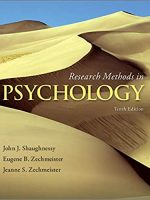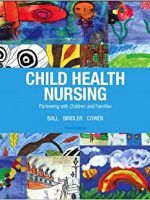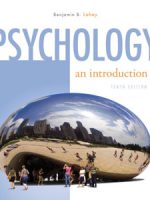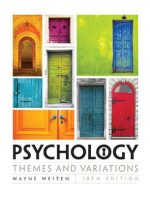Teaching Reading to Students Who Are At Risk or Have Disabilities: A Multi-Tier, RTI Approach by William D. Bursuckx is a comprehensive guide for educators seeking to help struggling readers succeed in today’s education system. This third edition of the book provides valuable insights and practical strategies for implementing effective reading instruction tailored to the needs of diverse learners.
The book emphasizes a systematic, explicit, and success-oriented approach to teaching reading, particularly for students facing challenges or disabilities. It offers step-by-step guidance on how to address the unique needs of students who require additional support in developing their reading skills.
Key features of the new edition include chapter summaries, pop-up checks for understanding, and an increased focus on Tier 3 students within Response to Intervention programs. The inclusion of updated assessments such as DIBELS Next and AIMSweb Rate of Improvement scores, as well as expanded chapters on fluency and comprehension, make this book a valuable resource for educators looking to enhance their reading instruction practices.
Incorporating research-validated strategies and practical examples, Teaching Reading to Students Who Are At Risk or Have Disabilities equips teachers with the tools they need to create a supportive and inclusive learning environment for all students, regardless of their reading abilities.
FAQs
1. What is Response to Intervention (RTI)?
Response to Intervention (RTI) is a multi-tiered approach to identifying and supporting students with learning and behavioral needs. It involves providing varying levels of interventions based on students’ individual needs to help them succeed academically.
2. How can educators differentiate reading instruction for students at risk?
Educators can differentiate reading instruction by tailoring teaching strategies, materials, and assessments to meet the diverse needs of students. This may involve providing additional support, accommodations, or modifications to ensure that all learners have access to quality reading instruction.
3. What are the five essential components of effective reading instruction?
The five essential components of effective reading instruction are phonemic awareness, phonics, fluency, vocabulary, and comprehension. These components play a crucial role in developing strong reading skills and are essential for supporting students’ overall literacy development.
4. How can educators support students with disabilities in learning to read?
Educators can support students with disabilities in learning to read by providing personalized instruction, using assistive technology, offering accommodations, and fostering a supportive and inclusive classroom environment. Collaboration with special education professionals and families can also help ensure that students receive the necessary support and resources.
In conclusion, Teaching Reading to Students Who Are At Risk or Have Disabilities offers a comprehensive and evidence-based approach to supporting struggling readers in today’s educational landscape. By incorporating research-based strategies and practical tools, this book equips educators with the knowledge and skills needed to help all students succeed in developing their reading abilities. By focusing on the unique needs of diverse learners, educators can create a more inclusive and supportive learning environment that promotes literacy achievement for every student.










Be the first to review “Teaching Reading to Students Who Are At Risk or Have Disabilities A Multi-Tier, RTI Approach 3rd Edition William D. Bursuckx”